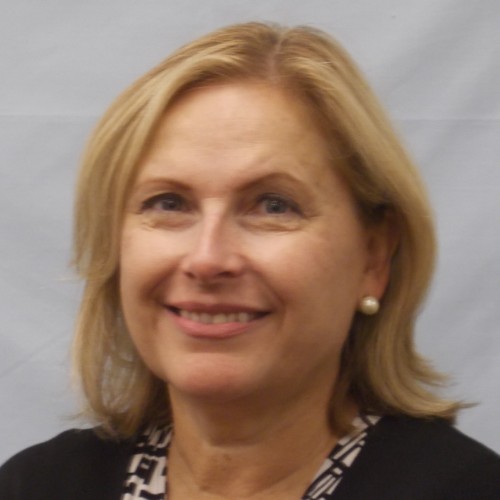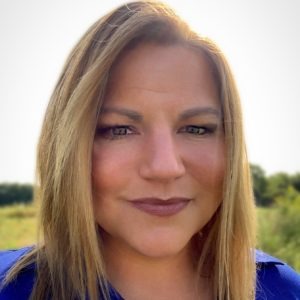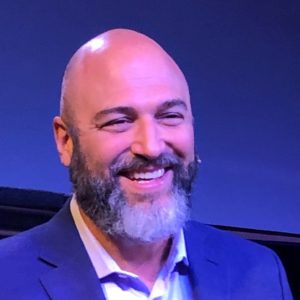Providing shelter in the storm
One of the more compelling stories that came out of Superstorm Sandy in late October was the major blow dealt to New York City-area nursing homes. Some media outlets focused on nursing homes that failed to adequately protect and care for their residents before, during and after the crisis.
Fair enough. Long-term care operators who are negligent deserve to be called out and held accountable for their actions, and we’ve never shied away from identifying the bad apples. But as we’ve often noted here at Long-Term Living, let’s not overlook the dedicated, compassionate, resident-centered providers in this industry who going above and beyond what is expected of a nursing home.
The providers at The Hebrew Home at Riverdale, N.Y. are among the latter. There, COO David Weinstein and his dedicated team worked around the clock during the storm, admitting more than 100 evacuees from area hospitals and healthcare facilities. The facility, which is not in the flood zone, is in a position to accept evacuees and is experienced in handling disasters, reports Weinstein. “We stay ahead of the curve by preparing the staff and having a clear disaster plan in place that we update yearly,” says Weinstein.
In addition, The Hebrew Home’s ElderServe Home Care team set up a 24-hour call center and prepared hundreds of older New Yorkers to be ready for the storm. The community even sheltered firefighters who had lost their homes and worked with the local police department to bring in isolated older adults who remained without power after the storm.
“There was an incredible showing of staff sacrifice,” recalls Weinstein. “Many came in Sunday before the storm hit and stayed here through Wednesday, sacrificing their homes and lives to ensure others’ lives.”
At the height of the storm, fallen trees blocked the main entrance to the facility. “Staff sacrificed their safety in the middle of the storm to [remove the trees with chainsaws], doing what they do—caring for our residents,” says Weinstein.
The challenge of taking in so many residents was daunting, says Weinstein. “There were many unknowns and we were competing for resources with impossible deadlines. But we found space for folks, making sure their care was delivered, ensuring their privacy and getting them a warm, dry bed. Some were in difficult and dangerous situations. Most came with just the clothes on their back.”
Weinstein learned some valuable lessons along the way: “Don’t underestimate Mother Nature. Have a plan in place that can be seamlessly executed. Communication is key. Get your leadership on board and keep the lines of communication open to avoid errors and to reduce fear and confusion."
Ultimately, it’s not that complicated, says Weinstein. “It starts with a mission of residents coming first,” he says. “Our facility has a 95-year history of serving the less fortunate. It’s an underlying philosophy of asking what you would do if it was your mother and with that answer going forward. It’s encouraged and celebrated here and that history sustains the home and us.”
Related articles
Prepare for disaster before disaster strikes
Recovering from disaster in long-term care
5 tips to keep emergency generators performing in LTC facilities

Patricia Sheehan was Editor in Chief of I Advance Senior Care / Long Term Living from 2010-2013. She is now manager, communications at Nestlé USA.
Related Articles
Topics: Leadership











